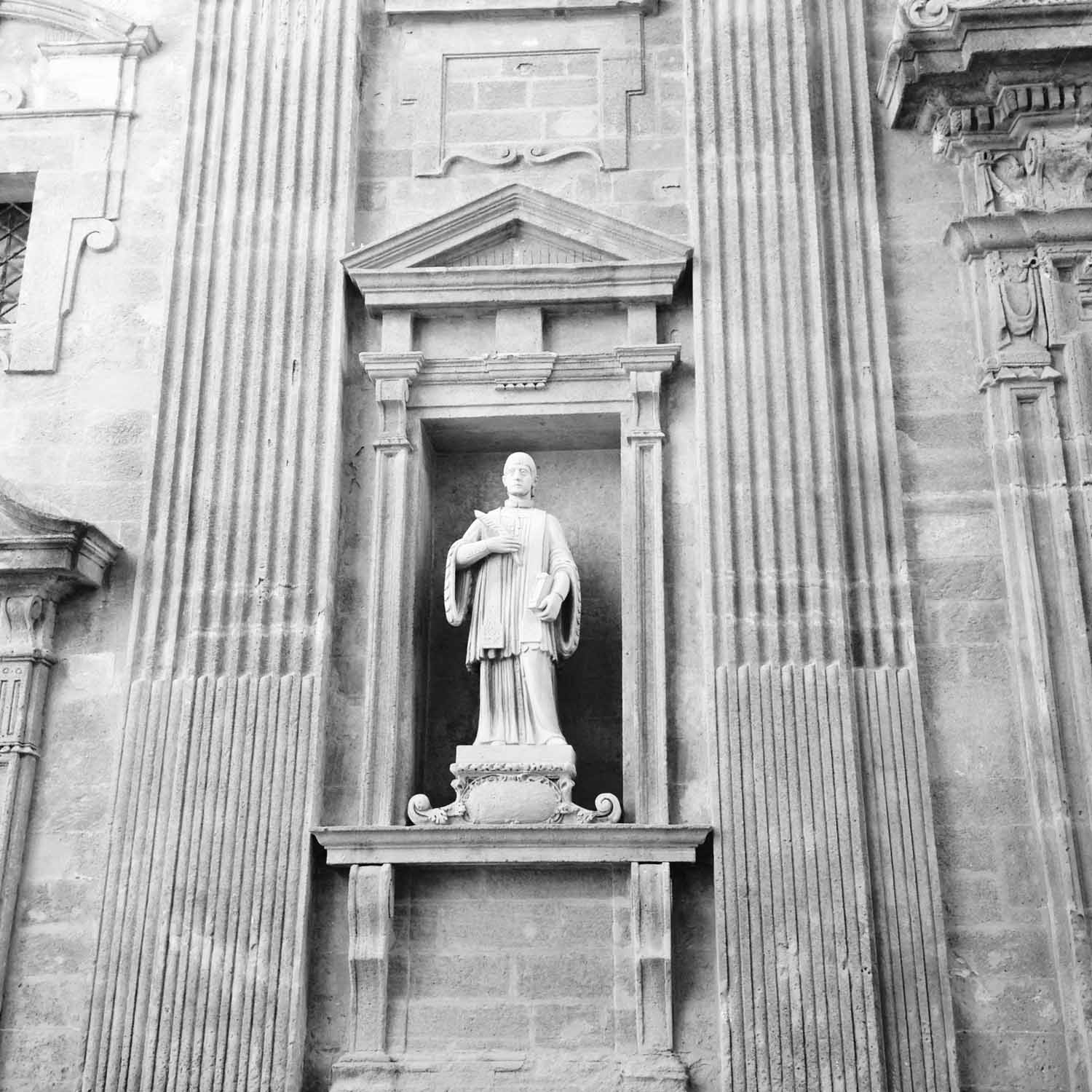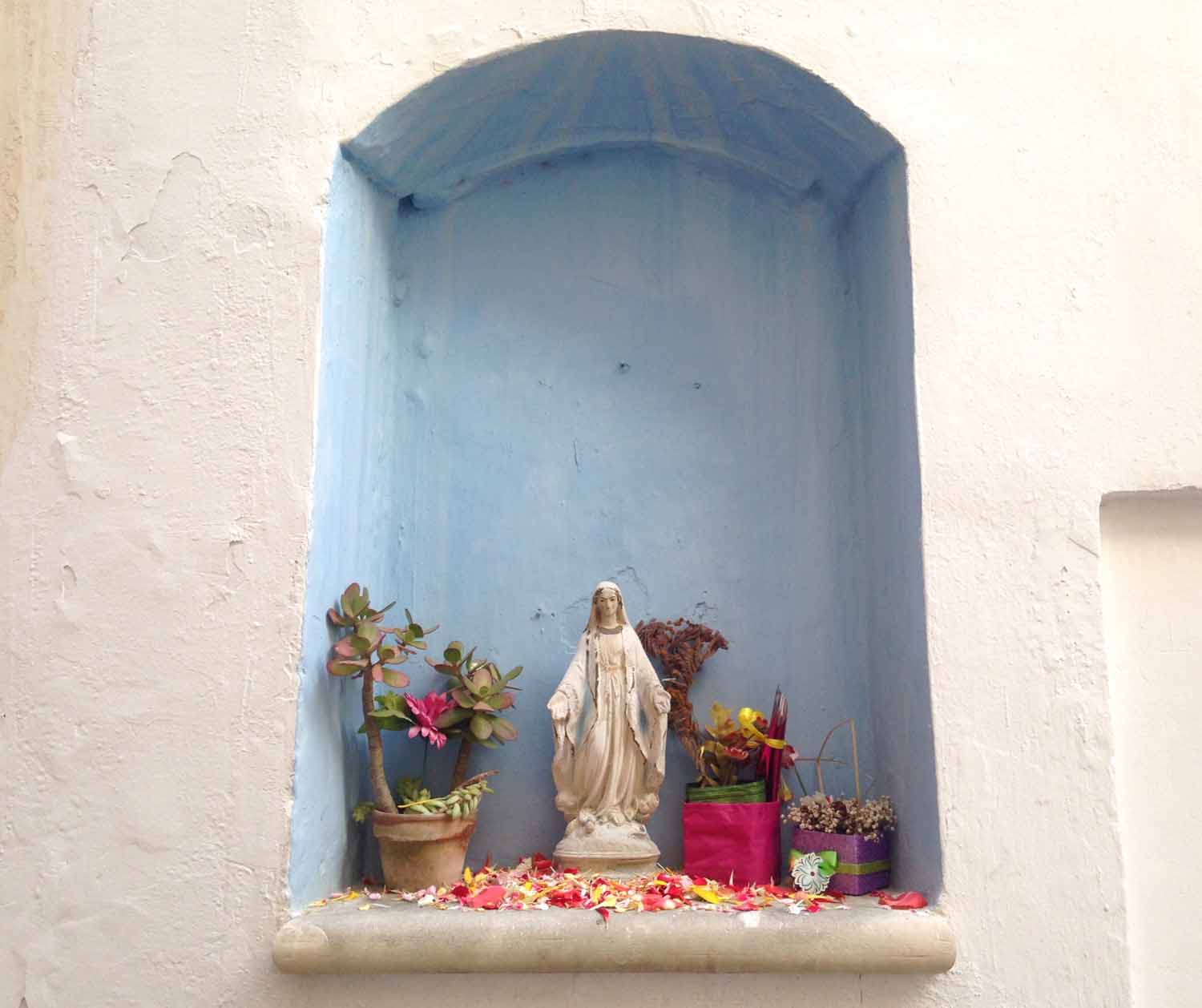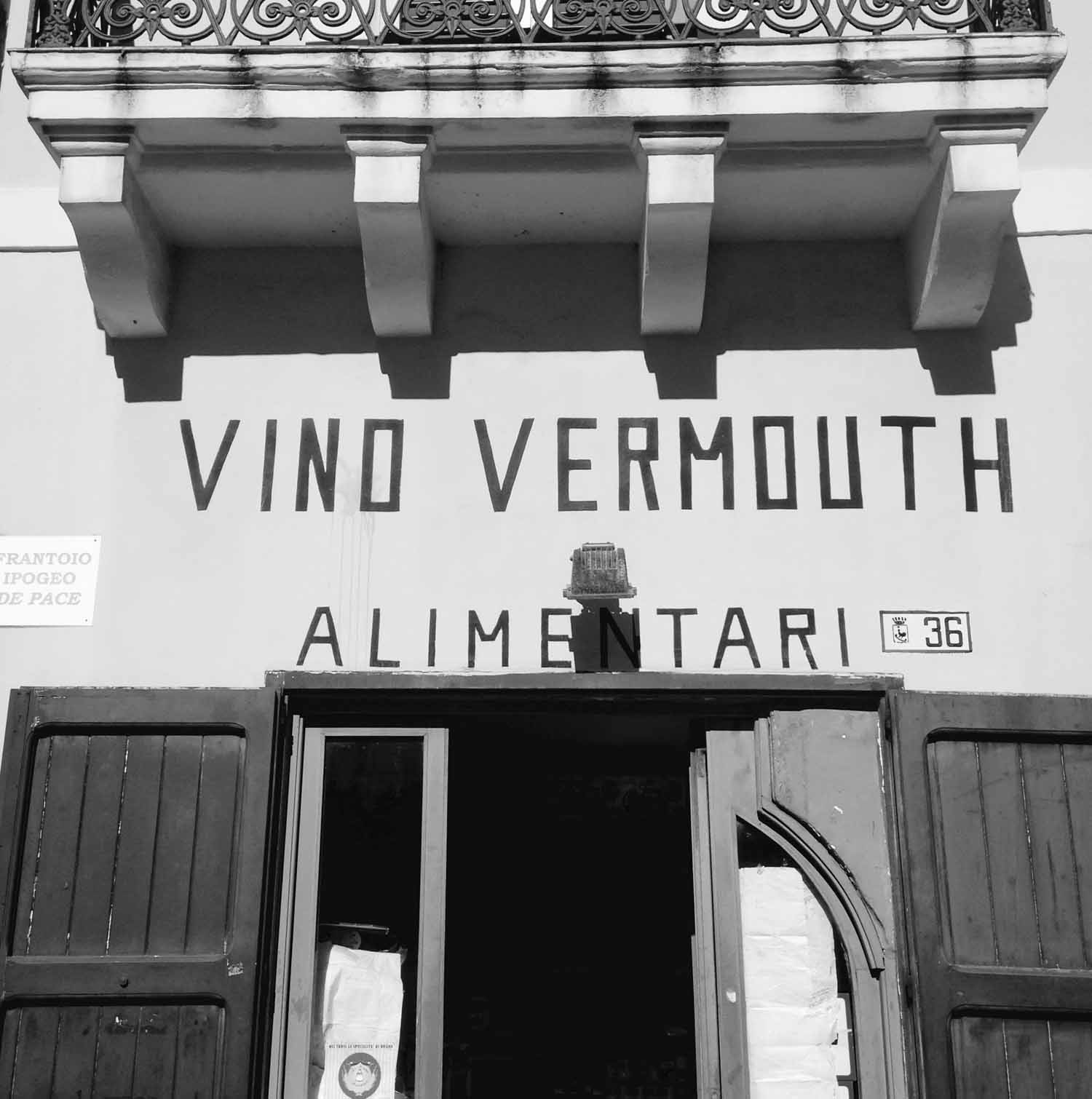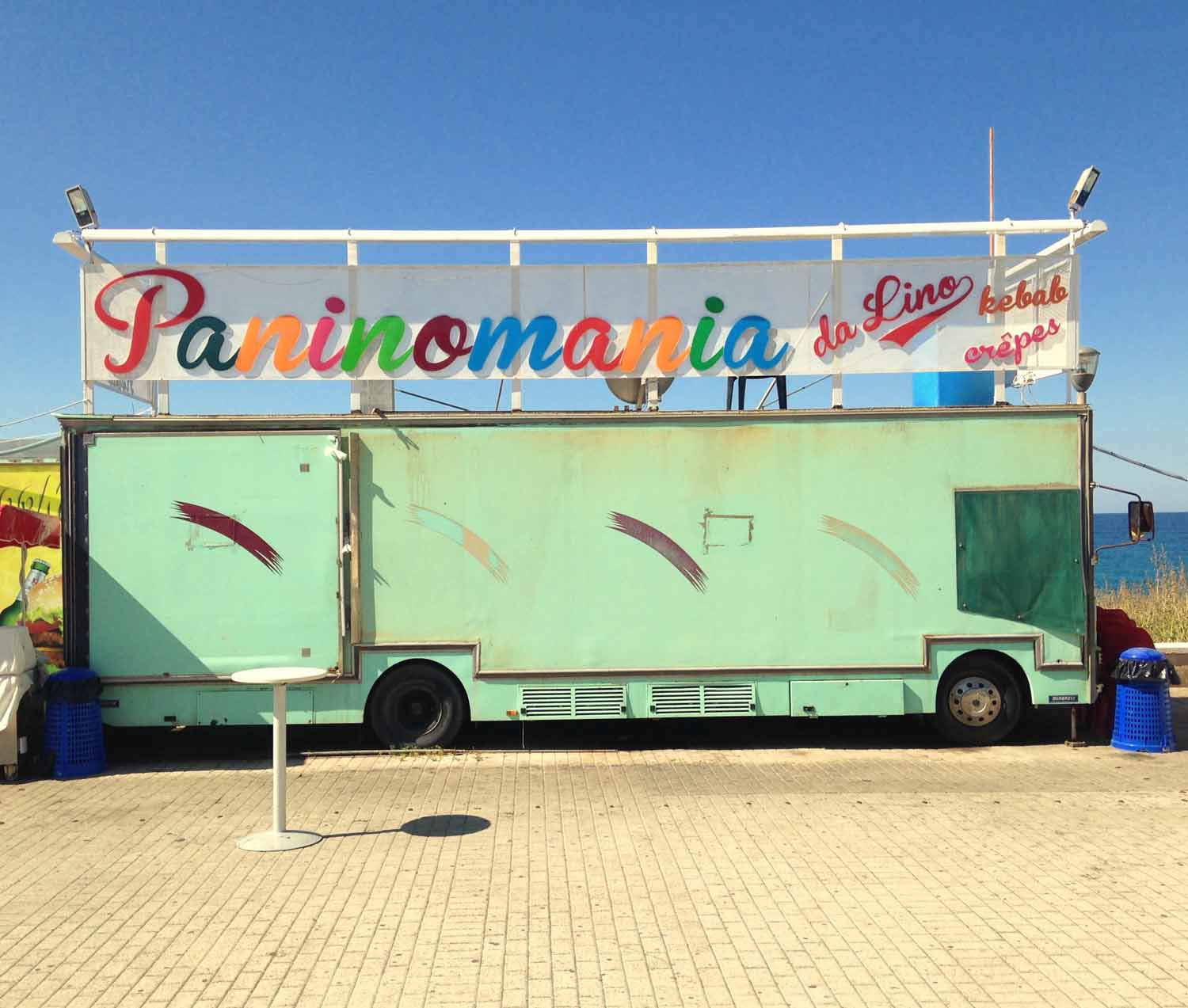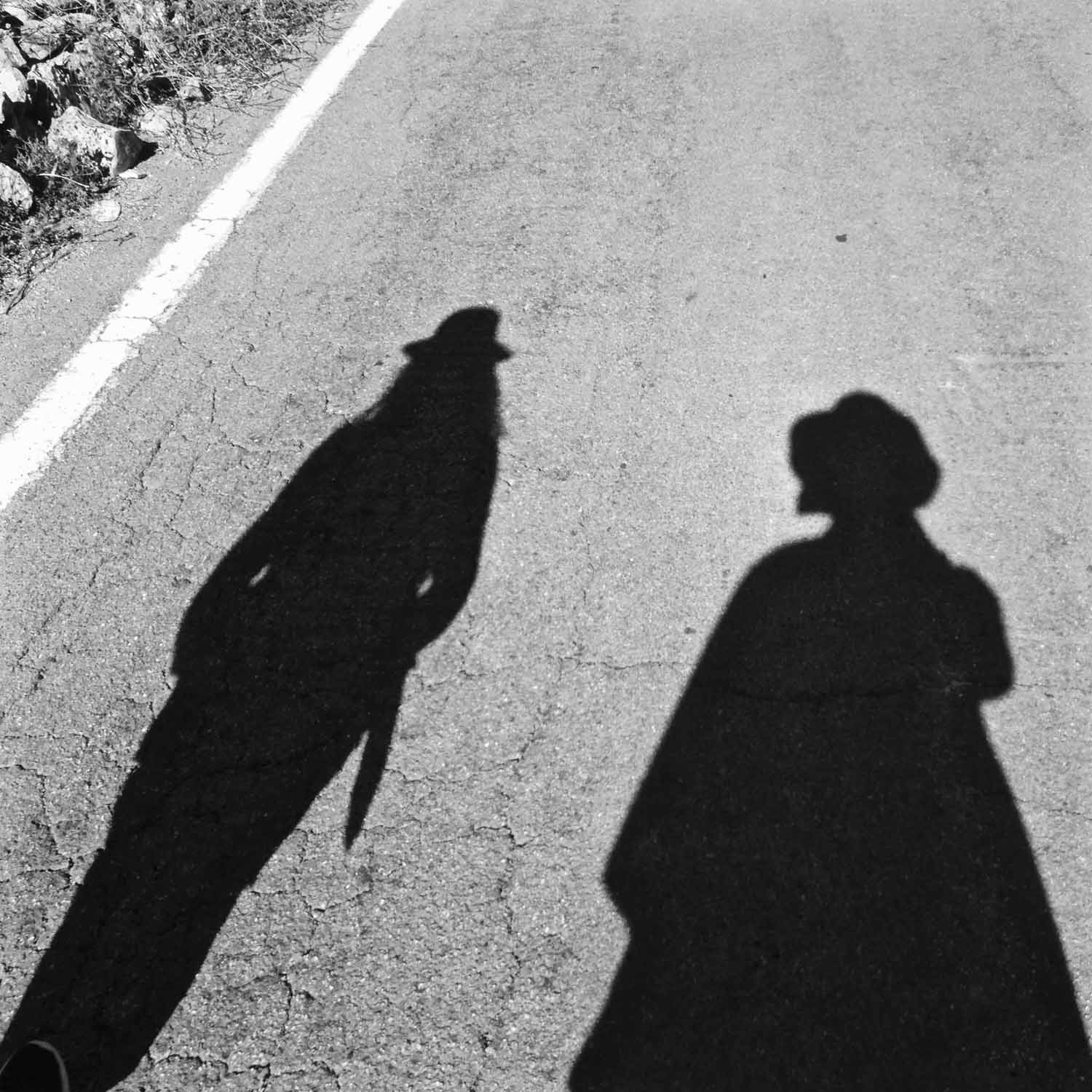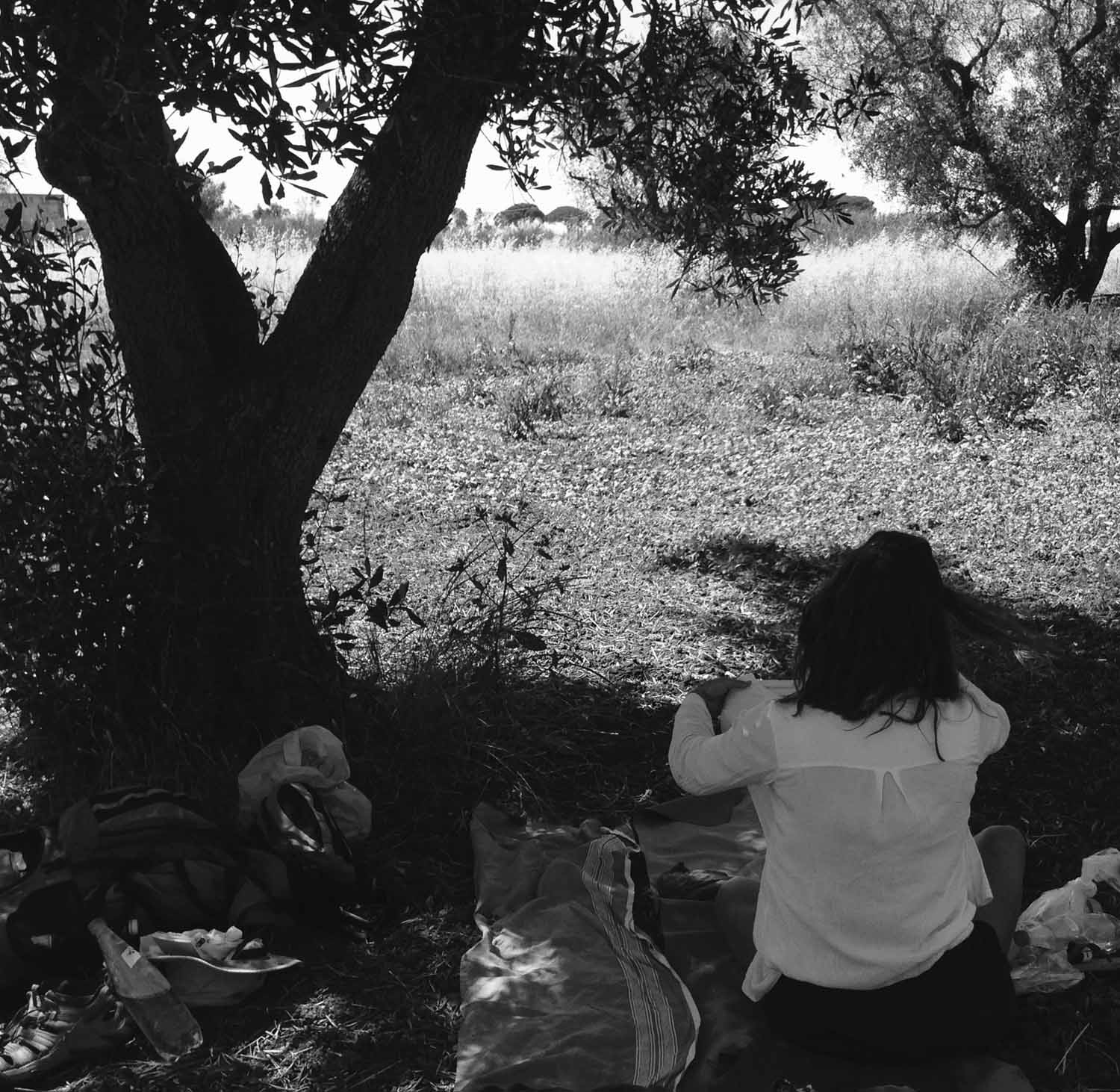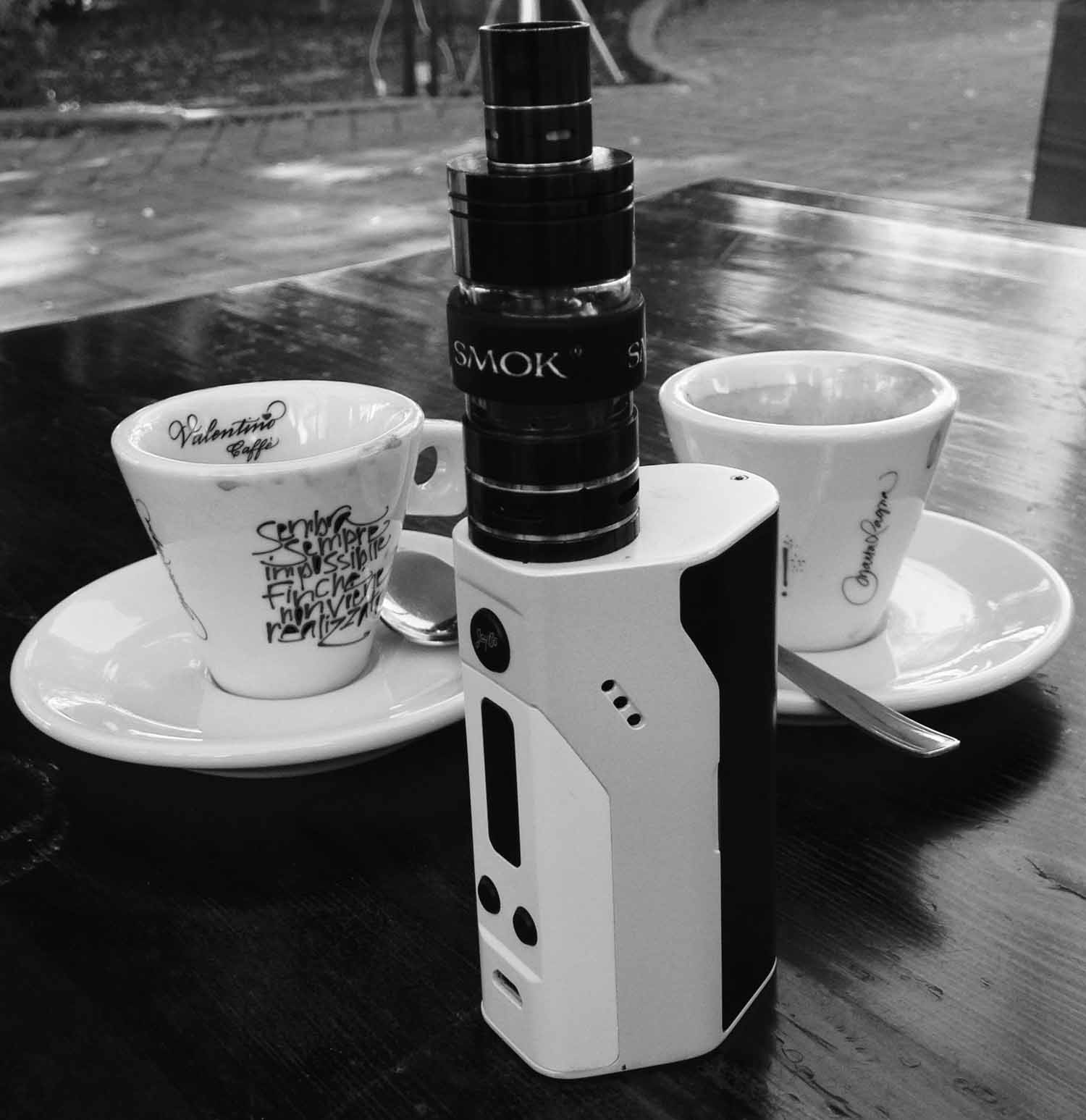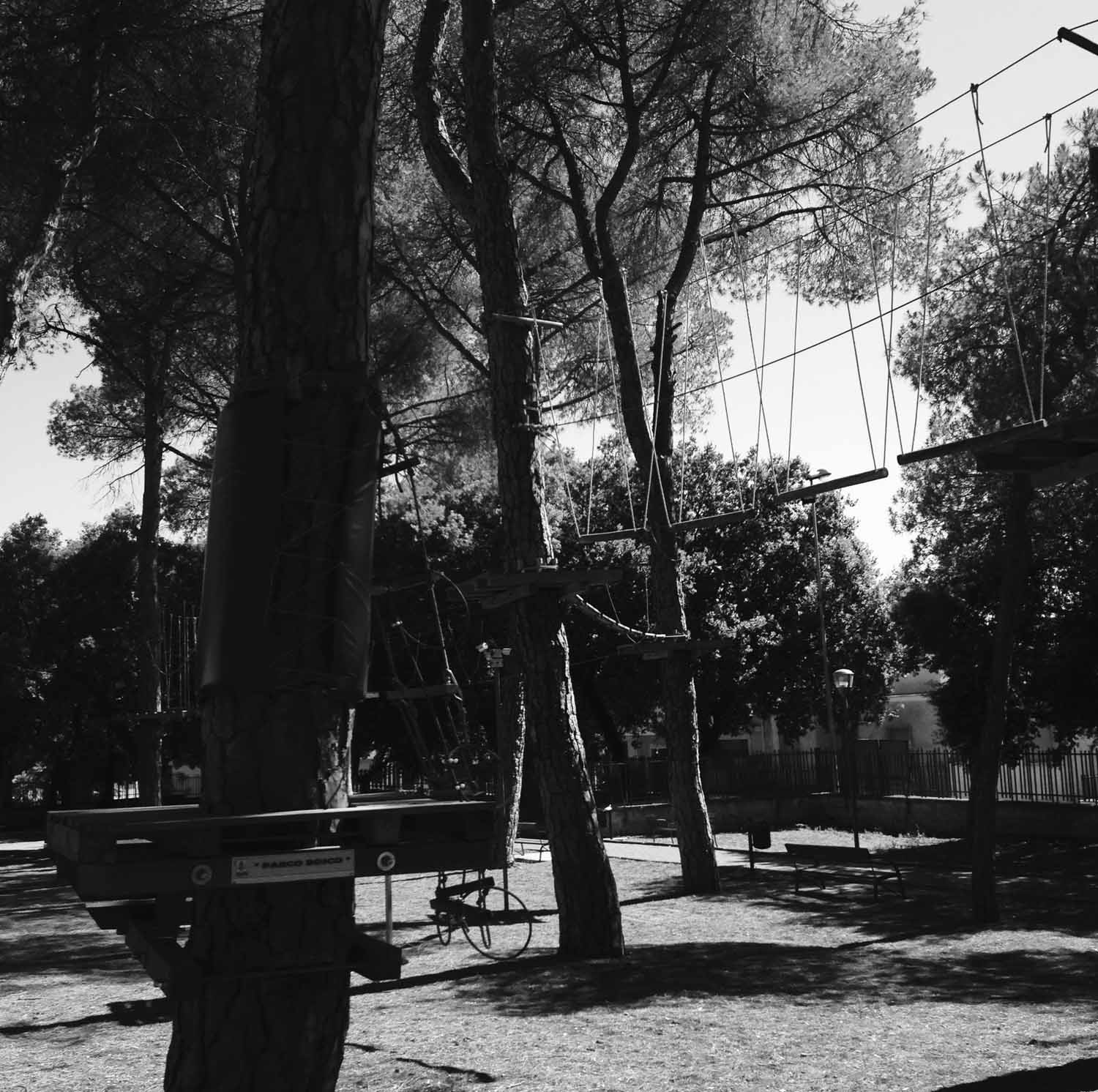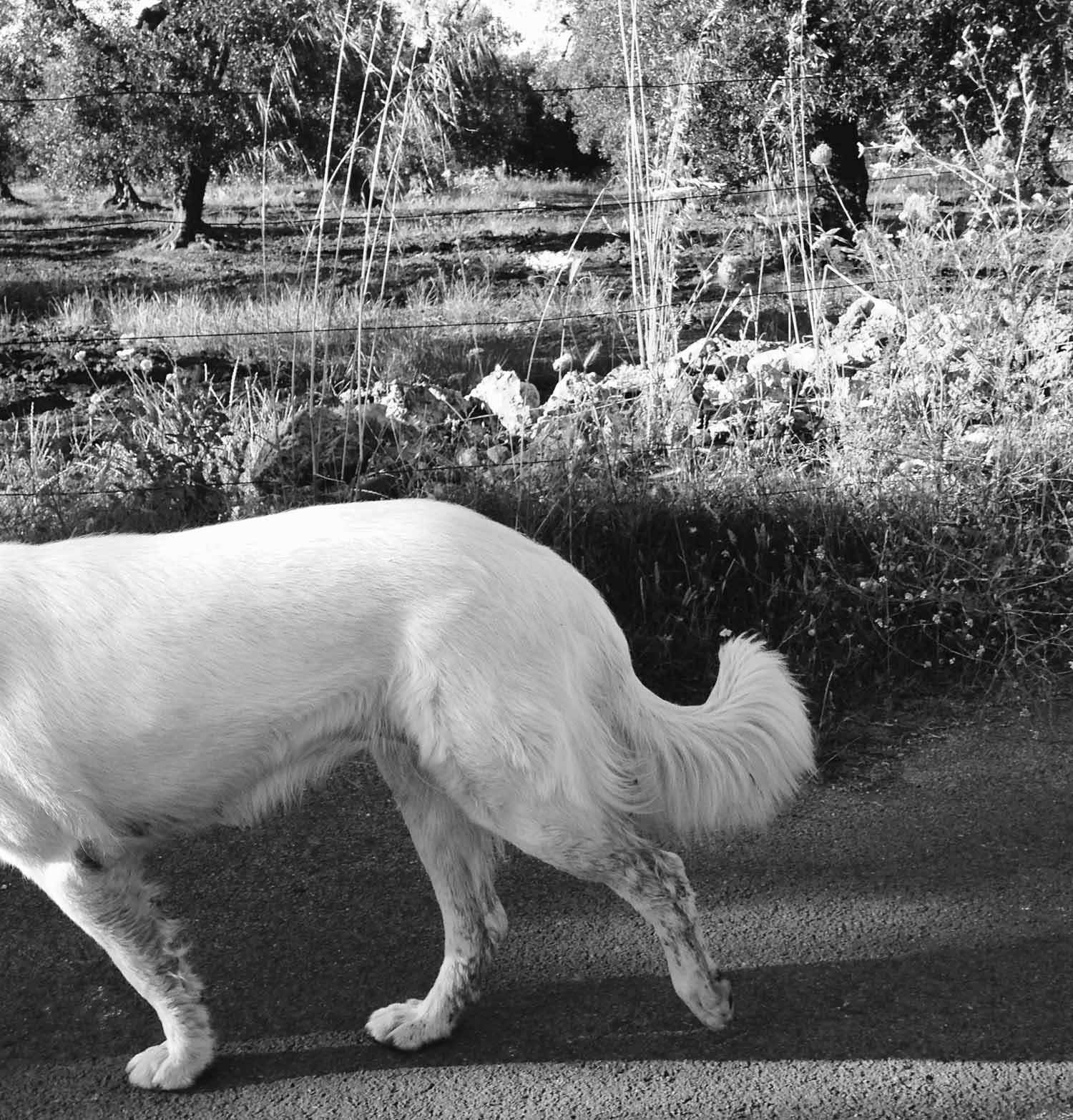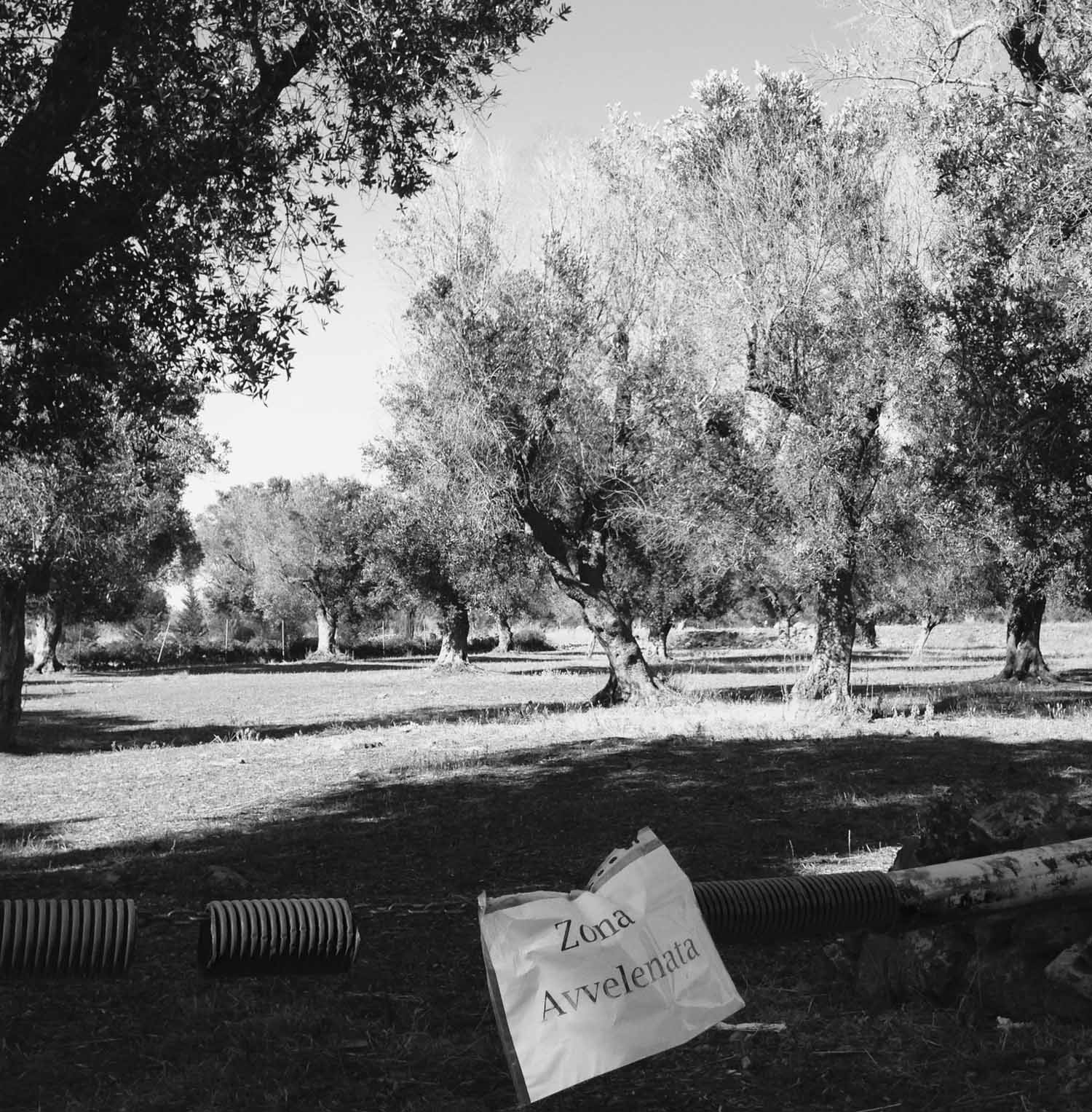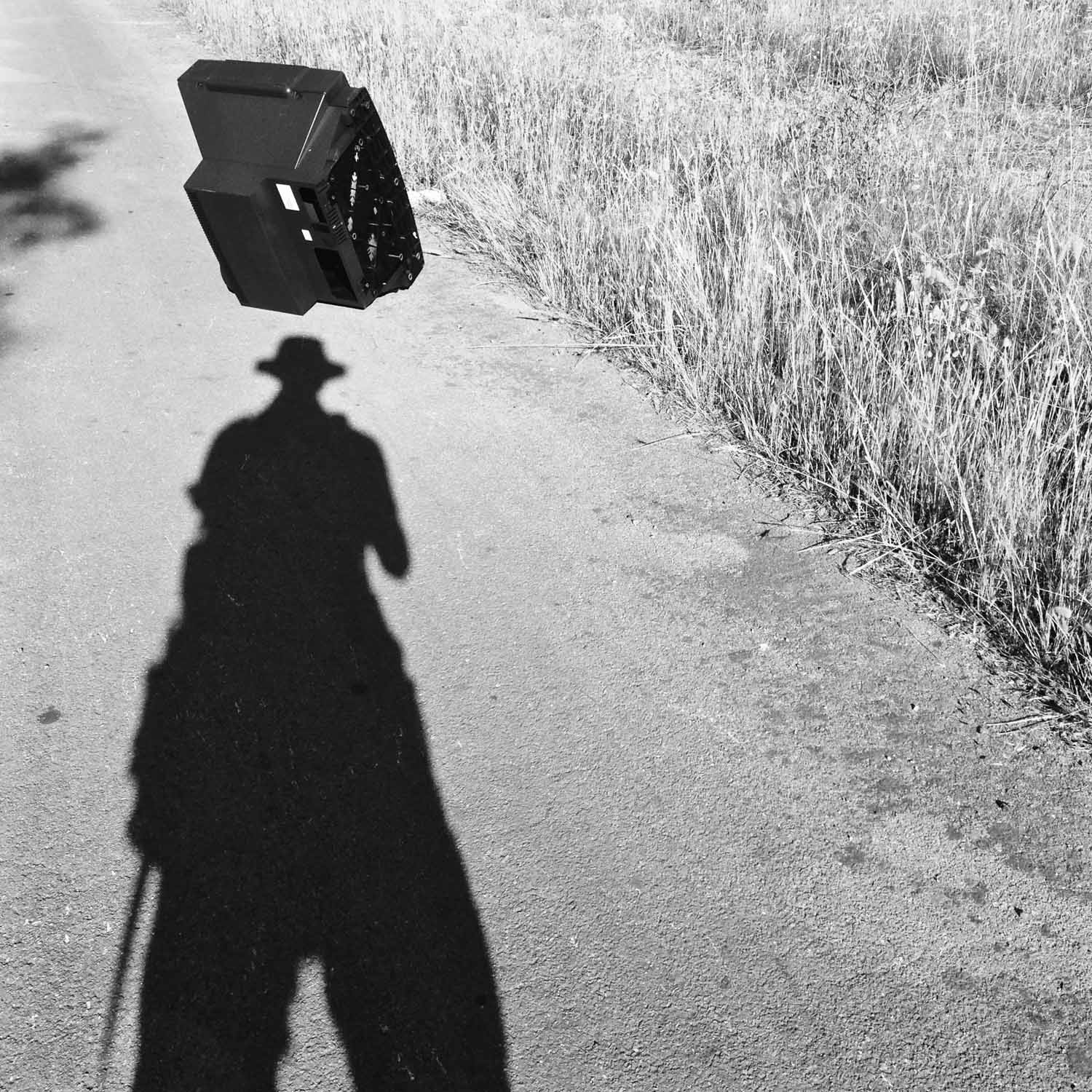Mondo Bizzarro [Day 2]
by Rudston Steward
ew things are more cartographically tempting than an isthmus: a narrow strip of land with the sea on either side of it. Whenever I map-read my gaze is inevitably drawn to such land bridges, wondering how best they might be traversed. The idea of hiking coast-to-coast and thereby linking up two seas, two distinct maritime cultures, is irresistible. Every isthmus is a walking safari just waiting to happen.
Look at a map and you’ll note that southern Italy is a land of temptation, a territory of isthmuses-writ-large. Below Naples the iconic Italian boot splits into the heel of Puglia, the raised arch of Basilicata, and the curving toe of Calabria (poised to drop-kick Sicily deep into the Algerian hinterland). Southern Italian coastlines are lapped by the Tyrrhenian Sea to the west, the Ionian Sea in the middle, and the Adriatic Sea to the east. This affords the mouth-watering prospect of a Grand Walking Tour: going coast-to-coast-to-coast across two regional isthmuses and three Mediterranean seas.
At the end of May we walked across the Salento isthmus in Puglia, three days from Gallipoli on the Ionian Sea to Otranto on the Adriatic. A cross-section of the heel of the boot of Italy.
Day 1 was surprising. We discovered that the Salento’s Ionian coast is a very odd place, a scrappy landscape dotted with architectural oddities and eccentric individuals. A veritable mondo bizzarro.
EVERY ISTHMUS IS A WALKING SAFARI JUST WAITING TO HAPPEN.
We set out early from Gallipoli. The contrast between the charm of the old city center, with its warren of narrow lanes and soaring Baroque cathedral, and the choking urban mess that surrounds it, is jarring. A man is being dragged along the Lungomare Galilei waterfront by his over-eager dog, past an interminable string of boarded-up fast-food shacks. It is not clear whether the shacks will open for lunch, or ever again. Opposite Paninomania, purveyor of seaside kebabs and crepes, a couple power-walks up a flight of stairs, curtly punching the air with their dumbbells.
We swim—a ritual salutation to the Ionian Sea we are about to leave behind—and then cut inland, onto a bridge over the highway, through a fence and diagonally across a field. Gradually the Ionian sprawl starts to subside in our wake.
The terrain is flat, a dusty plain of allotments criss-crossed by dirt roads flanked by stone walls and wire fencing. Every so often a house rises up from the plain with kitsch grandiloquence, towering fantasies of obscure design incongruously plonked down among the scraggly fields and olives. Many are unfinished, half-built faux-turrets climbing over driveways to nowhere, concrete archways whose matching courtyards remain unbuilt. It feels like we’re strolling through an architectural battlefield abruptly abandoned in the dead of night. A skirmish in which, evidently, both sides lost.
Some of the lanes have been used as rubbish dumps, augmenting the forlorn post-apocalyptic feel of the countryside. Clumps of rusty machinery and piles of rubber tyres lie strewn along the roadside at irregular intervals, like a trail of noxious breadcrumbs scattered by an eco-vandal. Was he hoping to retrace his steps in due course, out of this maze of pollution back to a more pristine, uncontaminated landscape?
After a picnic break in the shade of an olive grove just outside Matino we decide to stop for an espresso on our way through town. Knowing you can always count on a decent coffee is one of the great pleasures of walking in rural Italy. Even the smallest town on the periphery of nowhere has a lone bar to assuage your caffeine-withdrawal-fears.
The only open bar that lies on our chosen route through Matino is the Greenwood Resto-Pub. Special of the day: pasta with mussels (€6). We order a caffe shakerato and an espresso and walk through to the patio in the back, overlooking a stand of umbrella pines. There are wooden platforms built around every trunk, about 10 feet up in the air, and a series of ropes and suspended walkways linking one tree to the next. An elevated obstacle course of sorts, or displaced adventure park, strung up in the pines. It hasn’t seen much use of late, and it’s not clear precisely how it ended up in this bar’s back yard. Or why.
The coffees are served to us by Laura. She is keen to chat, asks us where we’re going, where we’re from. Her eyes are constantly amused, as if privy to an ocular inside joke, and she smiles easily, flashing slim white teeth between fulsome, tidy lips. Laura shows us her designer watches—one on each wrist—and lets us inspect her latest-generation electric cigarette devices. She has two, one black and one white, made by a company called “Smok.” Held in hand they are surprisingly heavy, compact and weighty as weapons. Laura clasps the black one in her fist, inhales theatrically, and spouts a cascade of dense white smoke from proudly pursed lips. It settles slowly on our table-top, enveloping the coffee cups like a bright, cherry-scented fog. She looks up, well satisfied, and says, “See that? Two thousand watts of pure smoking power!”
We pay up, say farewell to Laura. On the radio the Ramones are belting out “I just wanna walk right outta this world, I just wanna walk right outta this world.” An oddly appropriate soundtrack to today’s walk. The song is called Poisoned Heart—from the Ramones’ twelfth album, Mondo Bizzarro.
WE’RE STROLLING THROUGH AN ARCHITECTURAL BATTLEFIELD ABRUPTLY ABANDONED IN THE DEAD OF NIGHT. A SKIRMISH IN WHICH, EVIDENTLY, BOTH SIDES LOST.
On the outskirts of Matino a white sheepdog starts following us. He stays with us for a few hours, through olive grove after olive grove, across the plateau east of Matino, ignoring our attempts to shoo him back home. About a kilometer short of our destination the dog suddenly veers off the road, perpendicularly through the olives, and is gone. As if summoned by a covert canine call, indistinguishable to our human ears. Maybe he too wants to walk right outta his bizarre doggone world.
We are heading for a B&B called Casale Sombrino near the town of Supersano, the only accommodation option on offer tonight. The last two hours of the walk are flat and hot, straight narrow roads through singed grasslands, beige fields and stone walls crumbling with fatigue.
It’s a stretch scorched by the Xylella fastidiosa disease plagueing southern Puglia, an insect-borne bacteria threatening to decimate the entire region’s olive groves. No-one as yet knows how to combat it; last year an EU ordinance to cut down thousands of ancient trees resulted in dramatic footage of Puglian farmers facing down bulldozers to stop their olives from being uprooted. We walk past a number of groves with “Zona Avvelenata” warning signs strung up from the fences—Poisoned Area.
Just before reaching the B&B the road tilts briefly upwards. After traipsing along the flat for so long our calves are finally called into quickening action; the uphill change of pace and gradient is welcome. At the top of the hill a huge television lies abandoned in the road, a final broken monument to this degraded landscape. A last iconic vestige of the mondo bizzarro.
Then we are on the crest of the rise, below us Casale Sombrino’s attractive buildings and orderly estate are spread out along the flank of the hill. Beyond, stretching eastwards and down towards the distant Adriatic, the landscape is altered: greener, lusher, the olives groves better-kept. The belltowers of scattered village churches fleck the horizon. Tomorrow we will leave the weird world of the Ionian coast and make our way into the olive-green heart of the Salento interior.

